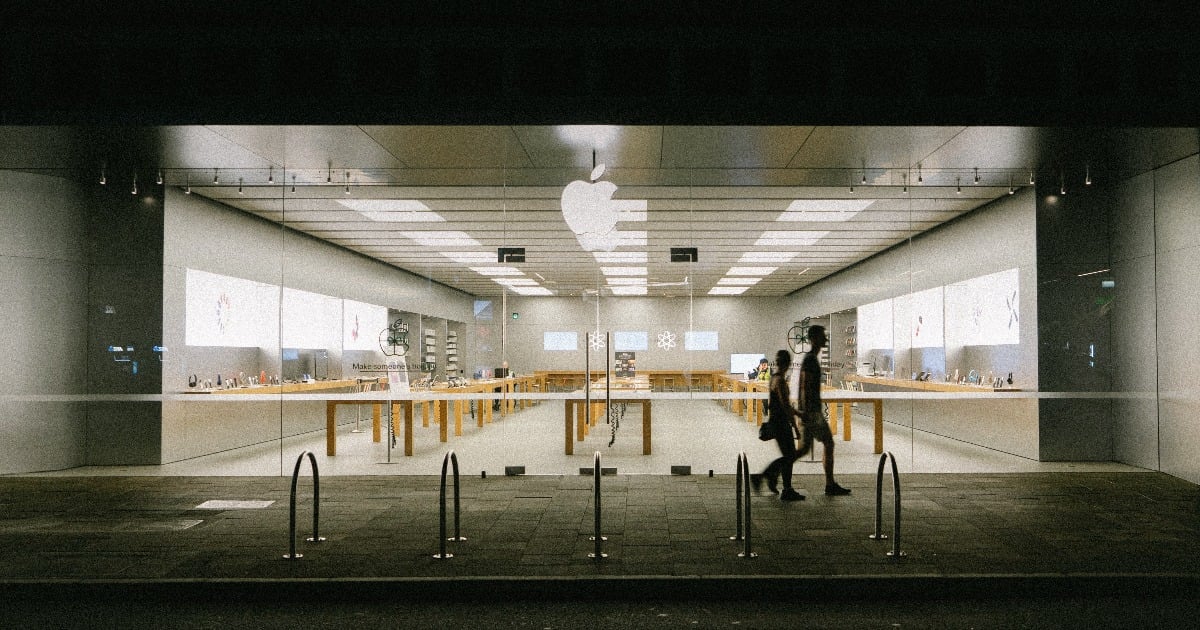Mark Twain once said, “If you don't like the weather in New England, wait a few minutes."
The same could be said about retail today. While some only see impending doom for the industry, there are reasons to be excited about the future of brick-and-mortar. For one, some brick-and-mortar retailers are taking seriously the fact that consumers crave experience—adjusting store layouts, creating immersive experiences and training associates to better serve the needs of their customers. And with the help of emerging technologies, retailers and brands now collect data in-store in the same way (if not better) than their ecommerce counterparts. There's a lot to be excited about.
Industry vets agree. Here, they share their opinions about what they see as the most promising elements for the future of in-store retail:

Carol Spieckerman, expert contributor for retail publications including Forbes, Women’s Wear Daily, Wall Street Journal and Bloomberg
Forward-thinking retailers are looking at how consumer desire for convenience impacts the way they present products to shoppers. But no two shoppers define convenience the same way. That's why allowing for different shopper profiles—from the click-and-collect buyer to the one who sees convenience in the traditional browse-and-buy mode—is a good way to approach it.
 Edward Fox, retail management and shopping trends researcher, director of the JCPenney Center for Retail Excellence at Southern Methodist University.
Edward Fox, retail management and shopping trends researcher, director of the JCPenney Center for Retail Excellence at Southern Methodist University.
Some bricks-and-mortar are becoming more open to experimentation. Large retailers like Walmart, Best Buy and Target are trying out smaller footprints in certain markets to adjust to customer preferences. Walmart in the past few years has done some innovative work in energy management by creating environmental demonstration stores that experiment with technology like parking lot wind turbines and skylights that save on energy costs. One of the corporation's goals is for 50% of the energy used by its facilities to be renewable. Walmart publicizes its environmental work to make an impression, but it has a real purpose, since energy makes up such a huge part of their costs. Experimentation makes a bigger impact on the larger chains since they have the space and funds to try out lots of new things. But smaller retailers can also benefit by watching closely which ideas work and examine how they to adapt them.
 Clay Parnell, president and managing partner at Parker Avery Group, which works with companies such as L.L. Bean, Walmart and Nike.
Clay Parnell, president and managing partner at Parker Avery Group, which works with companies such as L.L. Bean, Walmart and Nike.
New, cloud-based solutions let retailers inexpensively turn stores into small distribution centers without making a huge investment in IT infrastructure. The latest POS systems are connected to the store's entire supply chain, so when a customer comes to the counter and wants to make an exchange or find an additional item, the associate is able to quickly place an order for home delivery. This changes the game, allowing bricks-and-mortar to leverage their physical presence and connect with shoppers by joining them on their sales journey. The customer is making an informed online purchase in-store.



